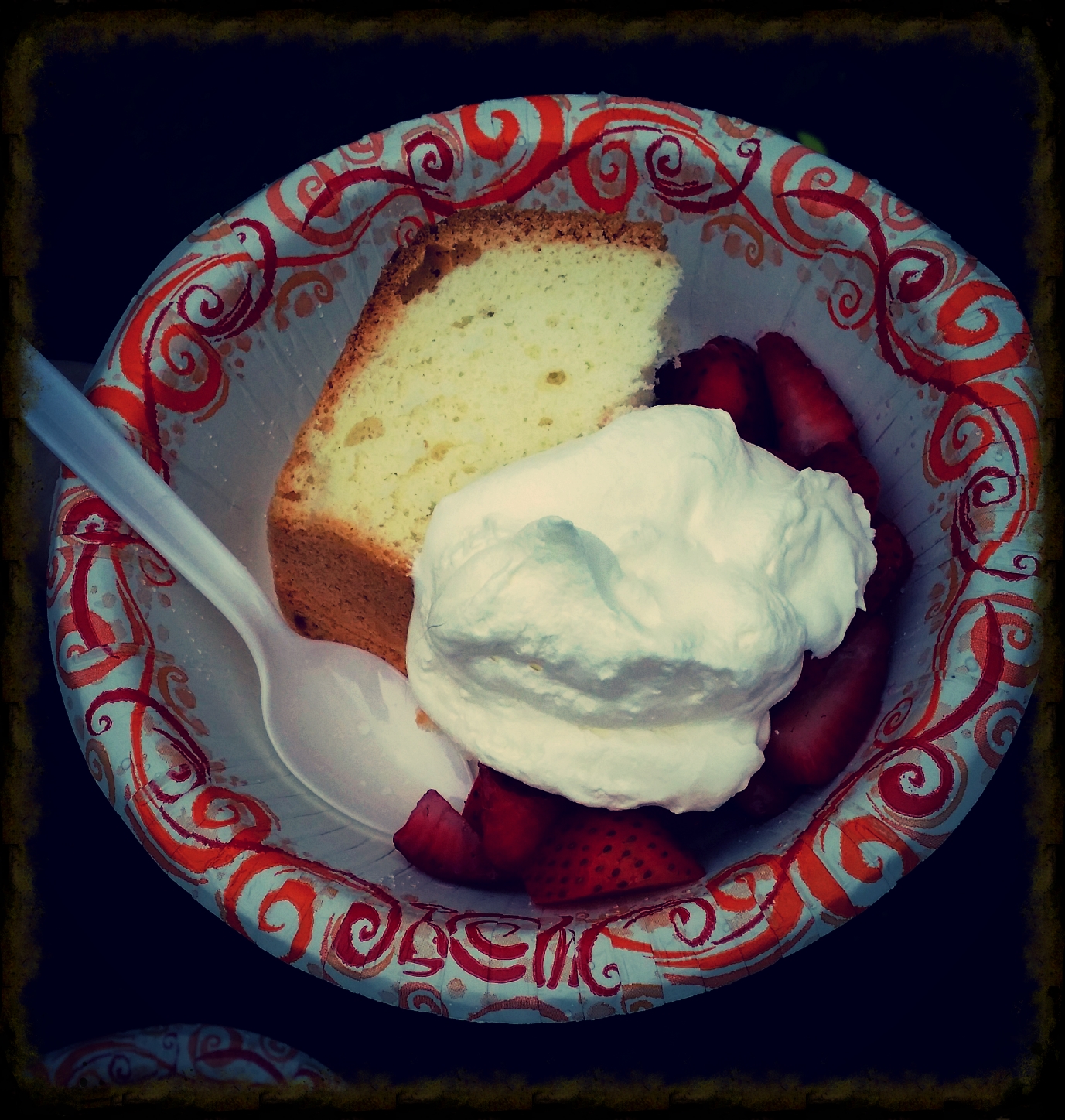Hi all, so it's been too long!
As a Jew, an academic, and the parent of school-age children, the convergence of the new school year and the Jewish new year offers both a certain synergy and a certain chaos. It is due primarily to the chaos that what should have been a Rosh HaShanah post is now more of a "Days of Awe" post and RH recap. The ten days between Rosh HaShanah and Yom Kippur are known alternatively as Days of Penitence as this is a time for Jews to reflect on the previous year's deeds and attempt to make real changes before Yom Kippur, The Day of Atonement. Prayer and tzedakah (acts of charity) are encouraged. As far as food goes, there are no particular traditions. In our home, it is traditional to eat the various yummy leftovers from our Rosh HaShanah feast.
This year was no exception and thus I turn back a few days to Rosh HaShanah, which ushered in the Hebrew year 5776 on Sunday night (September 13th). We held a vegetarian meal at our house, a meatless variation on a meal we have had before:
- Apples and honey (obviously)
- Round challah
- Matzo ball soup in a veggie consommé
- Smoked eggplant in barbecue sauce (a variation on our traditional slow-cooked bbq brisket)
- Rick Bayless' Hickory House Sour Slaw
- Hoppin' John inspired by Crook's Corner in Chapel Hill, NC (Hoppin John traditionally has some pork product in it, but ours has just rice, black-eyed peas, tomatoes, scallions and cheddar)
- salad and dessert provided by lovely friends
We went apple picking on the second day of the holiday and the Man made a seriously yummy apple cake laced with a spiced plum jam I made earlier. Dessert for the days of penitence?
Our RH feast has traditionally been flavored by our time in the South, and black-eyed peas are seen as lucky things to eat on New Year's in both Southern and Jewish culture. However, this year I want to write about something new we just found out about the Man's heritage. I have referred here to his patrilineal Norwegian side before, the side that had the most culinary influence on his family (lucky for me). However, in the past few years his Dad has started to insist that the family is Swedish (something the Man swears he never heard before). As it happens, our oldest recently had to do a Social Studies project on the push/pull factors of her family's immigration stories (a cool project for her as she descends both from Mayflower passengers and Holocaust survivors). While her grandfather continued to speak mainly of the family's Swedish ancestry, we dug a little deeper. Turns out, her grandfather's matrilineal heritage is equally Swedish and Norwegian, but his patrilineal grandparents were... Dutch!
So, both of the Man's great-grandparents were born in Holland and emigrated in the late 19th century from the Netherlands. Go figure... So naturally, I began reading up upon Dutch new year culinary traditions and look what I found: oliebollen (essentially donut balls) and appelflappen (deep-fried pies containing apples). And look what the Man sometimes makes for Rosh HaShanah and Hanukkah: Apple Doughnut Fritters! He is just SO Dutch.
We shall meet up again next week for the high holidays of Yom Kippur and Eid al Adha, Jewish and Muslim respectively, but for now I leave you with this:






























